Culture in Romania
Authentic experiences in Romania
Romania's culture is a fascinating blend of historical influences and contemporary dynamics, reflected in the rich diversity of its customs, art, music and traditions.
Characterised by its location at the crossroads between Eastern and Western Europe, Romania combines elements from different cultures, from Slavic to Byzantine, Ottoman and Latin influences. This fusion can be seen in the architecture of medieval towns, in lively folk art traditions and in a literature and theatre scene that encompasses both classical and modern trends.
Folk festivals and traditional music are deeply rooted in Romanian identity, while the culinary heritage offers a palette of flavours and influences. Romania's culture is thus a living testament to its history and a vibrant expression of its contemporary society.
Romanian cuisine
Romanian cuisine is famous for its meaty, hearty dishes and sour flavours. It offers a variety of soups, stews and rich pastries, complemented by seasonal and regional ingredients.
5 typical dishes from Romania
Typical Romanian dishes are characterised by the country's various cultural influences. These five dishes give an insight into Romania's rich culinary tradition and are definitely worth a try.
1. Sarmale
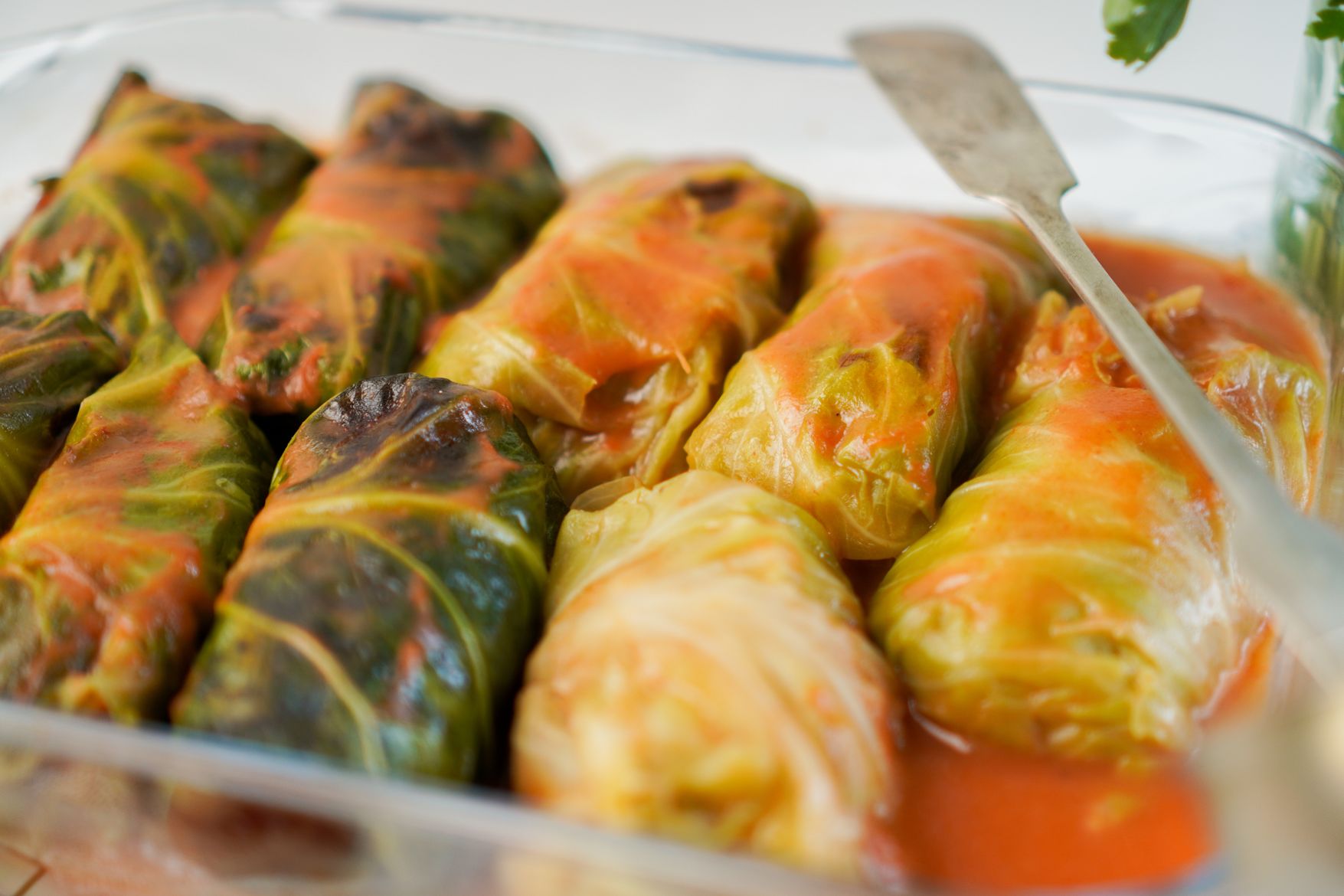
Sarmale are succulent stuffed cabbage rolls. The filling, an aromatic mixture of minced meat, rice and fine spices such as dill, is wrapped in sauerkraut leaves. Slowly cooked, the sarmale develop a deep, rich flavour that is often served with sour cream and the corn dish Mămăligă.
2. Ciorbă de burtă
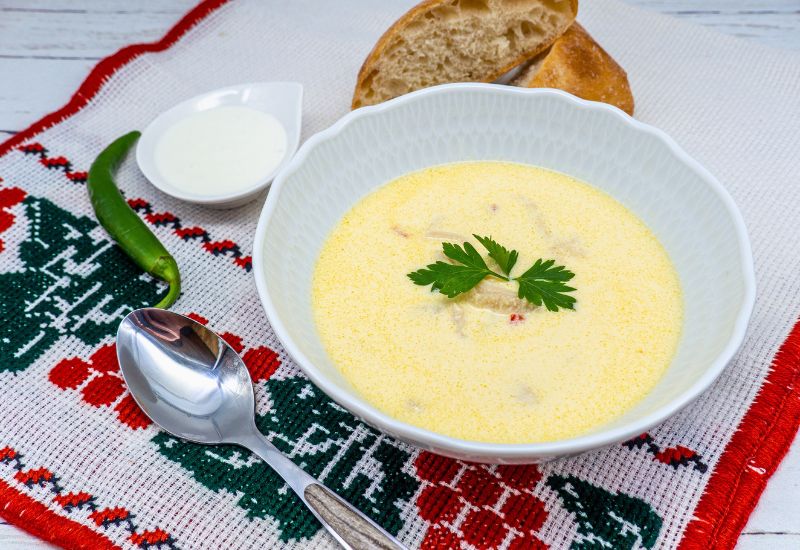
Ciorbă de burtă is a traditional Romanian tripe soup known for its unique flavour and sour note. In Romania, the term ciorbă refers to a variety of sour soups.
The main ingredient in ciorbă de burtă is beef tripe, which is made from beef tripe cut into strips. Its unmistakable flavour comes from a carefully balanced mixture of vegetables, meat stock, vinegar and sour cream. The hearty soup is traditionally served with plenty of garlic and sometimes a dash of cream, which gives it a creamy, deep flavour.
.
3. Papanași
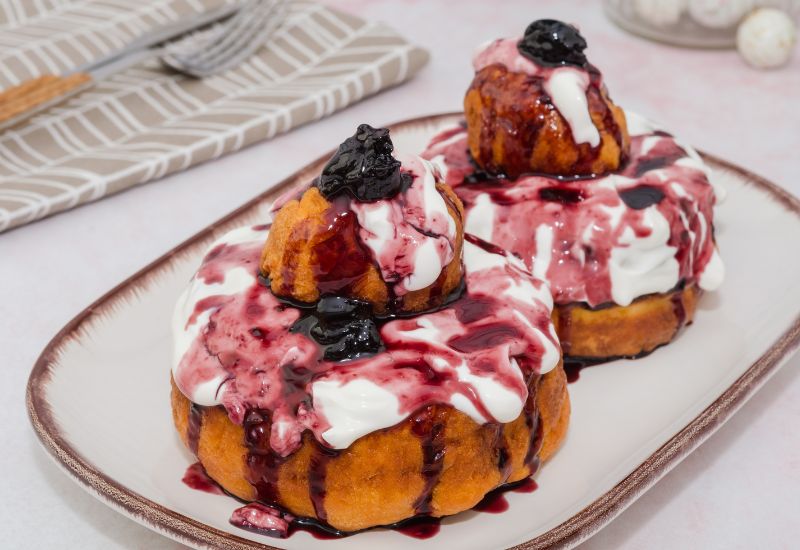
Papanași is a popular Romanian dessert. The tempting dessert consists of baked or cooked curd cheese dough, which is moulded into delicious, donut-like pastries.
Papanași are often topped with a rich combination of sweet cream and fruity jam. Their unique texture, crispy on the outside and soft and fluffy on the inside, makes them an irresistible treat.
4. Mămăligă
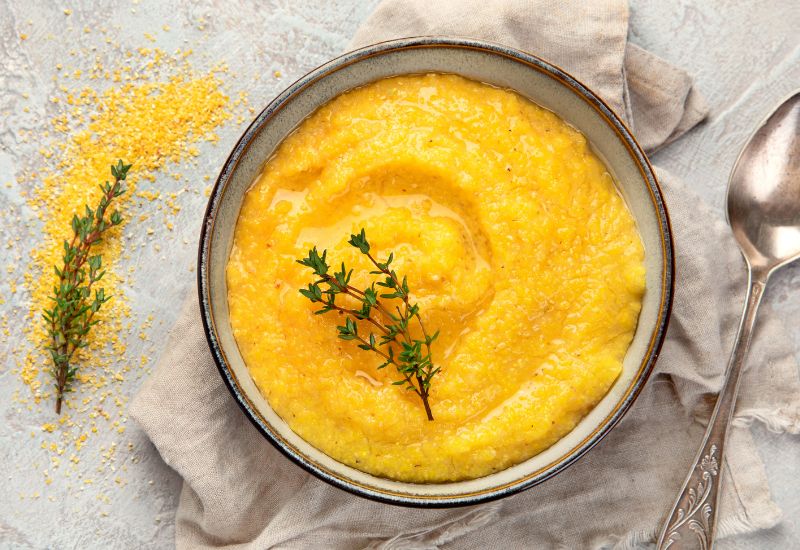
Mămăligă is one of the staples of Romanian cuisine and is considered a national dish. As a simple dish made from maize semolina, mămăligă is particularly versatile. The polenta-like side dish is often served as a substitute for bread and can be prepared both sweet and savoury. It goes perfectly with cheese, sour cream or as an accompaniment to meat dishes, with its creamy, comforting texture standing out in particular.
5. Cozonac
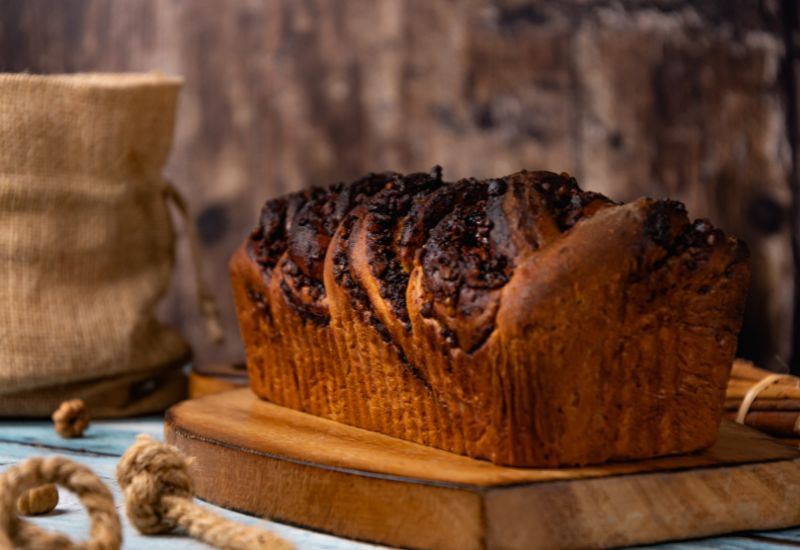
Cozonac is a sweet bread that is deeply rooted in Romanian tradition and is especially enjoyed on festive occasions such as Christmas and Easter. The rich, brioche-like cake is filled with a delicious mixture of walnuts, sultanas, cocoa or Turkish honey. Its airy, soft texture and aromatic filling make the cozonac a real festive treat.
Drinks
The drinking culture in Romania is characterised by a mixture of traditional drinks and modern influences, with local specialities and homemade drinks playing an important role.
Drinking has a strong social aspect in Romania. It is often about spending time with friends and family, and drinks play a central role in celebrations and gatherings.
Țuică
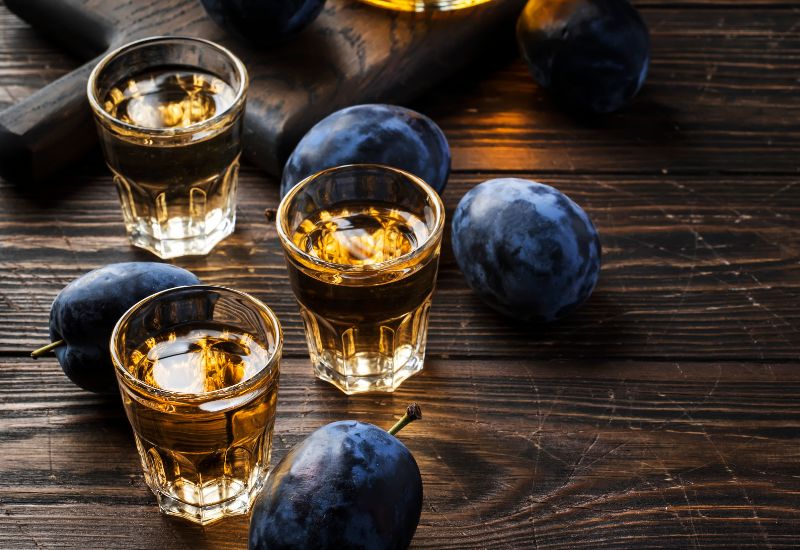
The best-known traditional Romanian drink is Țuică, a strong plum brandy. It is often drunk at the start of a meal or on special occasions and is a symbol of hospitality.
Other fruit brandies from Romania are Rachiu and Palincă. These are a variant of Țuică, which is often made from other fruits such as apples or pears and has a higher alcohol content.
Romanian wines
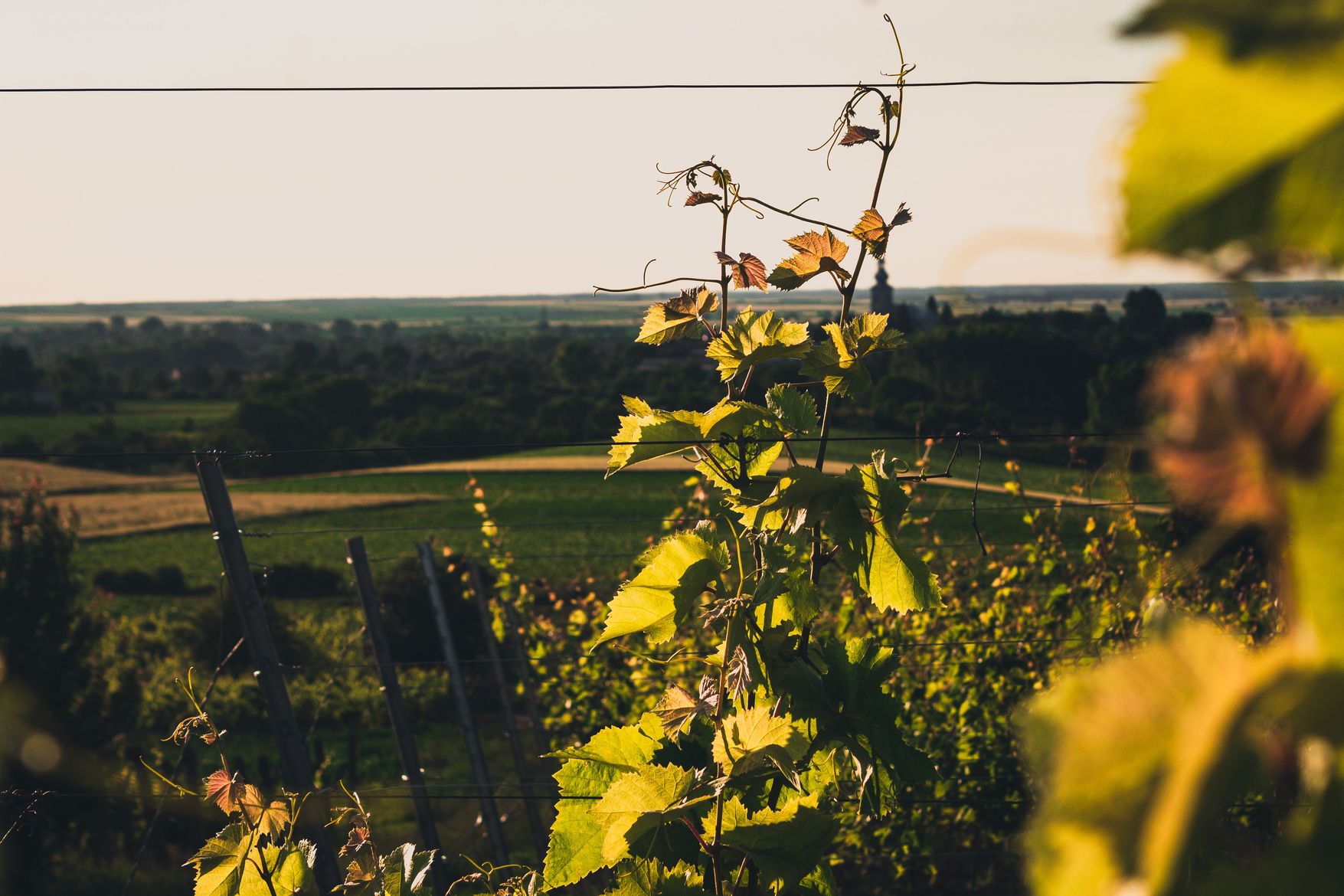
Romania has a rich winemaking tradition dating back over 6,000 years. Many families make their own wine, and the country's wine regions produce a wide variety of high-quality wines.
The country's best-known varieties include the complex and deep red wine Fetească Neagră, the light and aromatic white wine Fetească Albă and the sweet dessert wine Grasă de Cotnari.
Hot drinks
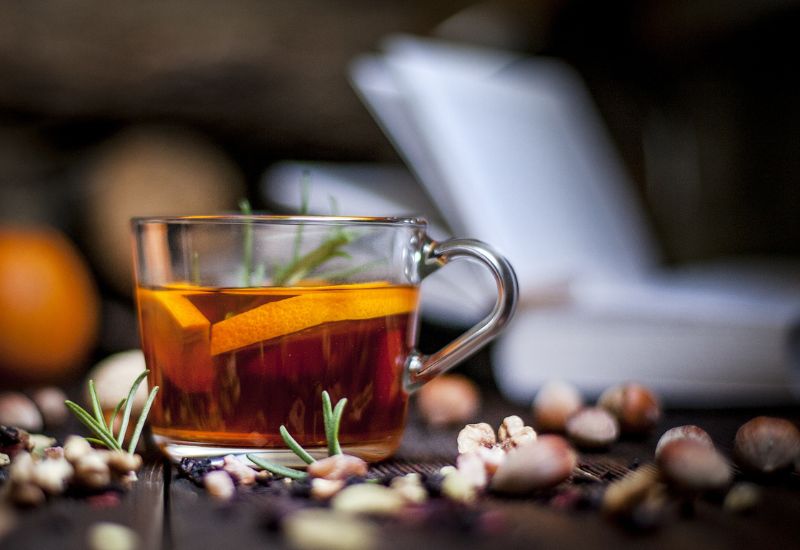
Coffee plays an important role in social life. Cafés are popular meeting places and the coffee culture in Romania is constantly evolving.
Herbal teas made from local plants and herbs are also popular hot drinks in Romania. They are appreciated both for their variety of flavours and their health benefits.
Traditional festivals and customs
Romania is rich in traditional festivals and customs that are deeply rooted in local culture and history. The Christian festivals of Easter (Paște) and Christmas (Crăciun) play a particularly important role in the public holiday calendar. Other public holidays are mainly related to the seasons.
Mărțișor (1 March)
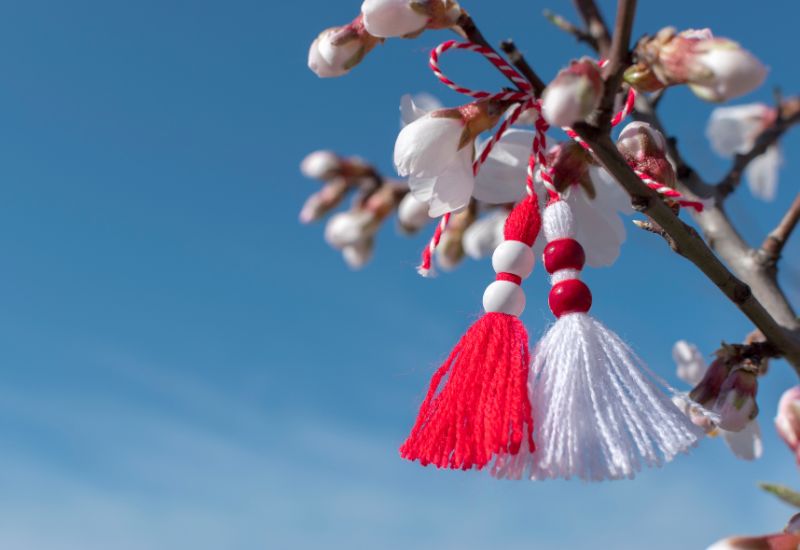
The Mărțișor spring festival on 1 March marks the beginning of spring. People exchange "Mărțișori", small pendants or pieces of jewellery. These are often coloured red and white and are seen as a symbol of good luck and new life. They are traditionally worn during the first weeks of March.
Dragobete (24 February)

Dragobete is often referred to as the "Romanian Valentine's Day". Love is celebrated on this day. Couples show their affection for each other and it is believed that participating in Dragobete brings love and happiness throughout the year. According to legend, couples who do not get together on Dragobete have to struggle with bad luck for a year.
Sânziene (24 June)
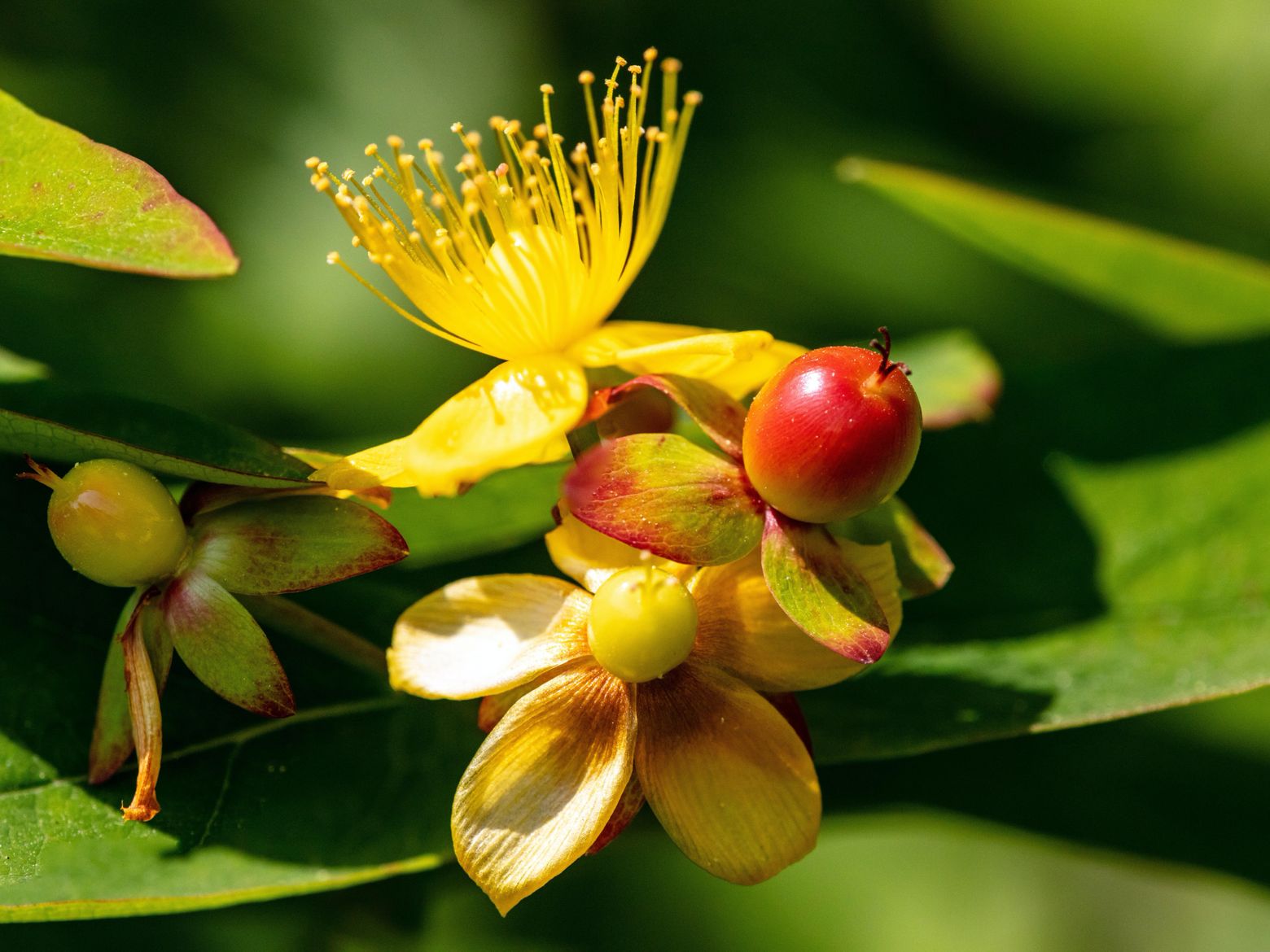
The Sânziene summer festival is dedicated to celebrating nature and fertility. The Sânziană - fairy creatures from Romanian folklore - play an important role here.
The festival is associated with the wearing of flower wreaths, folk dances, fire rituals and the gathering of medicinal herbs, especially St John's wort, which is also called Sânziene in Romanian.
Conclusion: Experience Romanian culture up close
Romania's culture is the result of profound diversity and a rich history. From picturesque landscapes that inspire artists, to vibrant traditions and customs, to a modern cultural scene that is constantly evolving, Romania represents a unique fusion of European cultural traditions.
Are you ready to gather new cultural impressions in Romania?
Here you can find out more about the toll regulations in Romania so that nothing stands in the way of your holiday.
